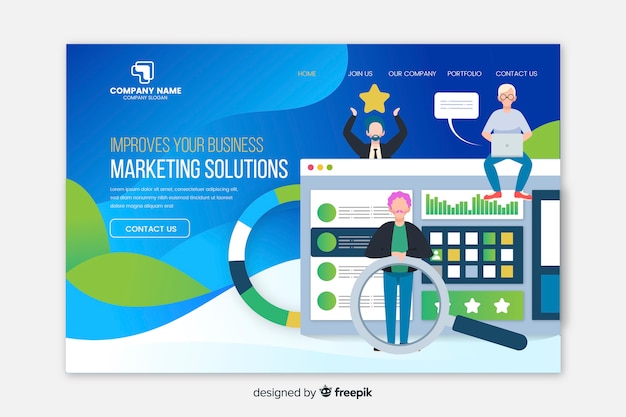
Running a physical service business for the past five years has taught me the importance of generating local leads. Unlike online businesses, brick-and-mortar establishments depend on local customers and visibility. While broad advertising campaigns can be beneficial, they can also be costly and may not always reach the right audience.
Smart business owners understand the importance of tapping into the local community. Whether it’s through social media engagement or eye-catching storefront displays, location-based strategies are crucial for businesses of all types, from service providers to restaurants and retail stores.
In this guide, I’ll share some effective local lead generation strategies that I’ve learned from my years of experience. These strategies will help you discover potential customers in your area that you might not have known existed.
Lead generation is the process of gathering contact information from potential customers who are interested in your business. Local lead generation is a more targeted approach that focuses on potential customers in your immediate vicinity.
Before you start your local marketing campaign, it’s important to understand the demographics of your local area. Use census data, third-party reports, and your own observations to create a profile of your local population and your existing customers. This information will help you tailor your outreach efforts and identify potential partnership opportunities.
Once you understand your local market, you can start implementing location-based lead generation strategies. These might include optimizing your business for local search engine results, engaging with local residents on social media, sending location-specific emails to your subscribers, and publishing articles that showcase your knowledge of the local area. Building relationships with other local businesses and organizations can also help generate word-of-mouth referrals.
Here are some specific examples of local lead generation strategies that you can start implementing right away:
– Make sure your business is listed on Google Search and Maps. This is a free service that can increase your visibility to local foot traffic.
– Become an active contributor on local online platforms. Share useful advice and information that can help establish your brand as a trusted local resource.
– Use targeted advertising strategies, such as promoted posts, digital billboards, and sponsored venue listings, to reach local consumers.
– Send personalized emails to local residents. For example, a message titled “{Local School Name} Parents: Field Trip Lunch Savings” is more likely to catch the attention of local parents than a generic promotional email.
– Use geofenced digital signs to promote your products or services to local commuters. For example, a coffee shop might use digital signs at a nearby train station to promote their morning drink specials.
Remember, the key to successful local lead generation is focusing on your immediate community. Instead of chasing after distant prospects, concentrate on nurturing relationships with potential customers who are already within your reach. Start by strengthening your visibility and engagement in your own neighborhood, then gradually expand your efforts to other high-potential areas.
If you need help implementing any of these strategies, don’t hesitate to reach out. I’m always happy to help fellow business owners discover new growth opportunities. And if you have any other questions about local lead generation, feel free to send me an email!
Here are some quick tips for jumpstarting your local lead generation efforts:
– Make sure your Google My Business listing is up to date with accurate opening hours, photos, and service details.
– Introduce yourself on NextDoor and be ready to answer any inquiries.
– Display eye-catching signs in your windows to attract walk-in traffic.
When it comes to targeting your local marketing efforts, start with prospects within a 10-mile radius. This will give you a good balance of local relevance and commercial opportunity. As your strategies start to pay off, you can expand your efforts to cover a 50-mile radius before considering state or regional initiatives.
To track the return on investment of your local marketing activities, use check-in codes, referral codes, or dedicated landing pages to identify transactions that result specifically from your local campaigns. You can also use phone and email call tracking to confirm the origin of your leads.

